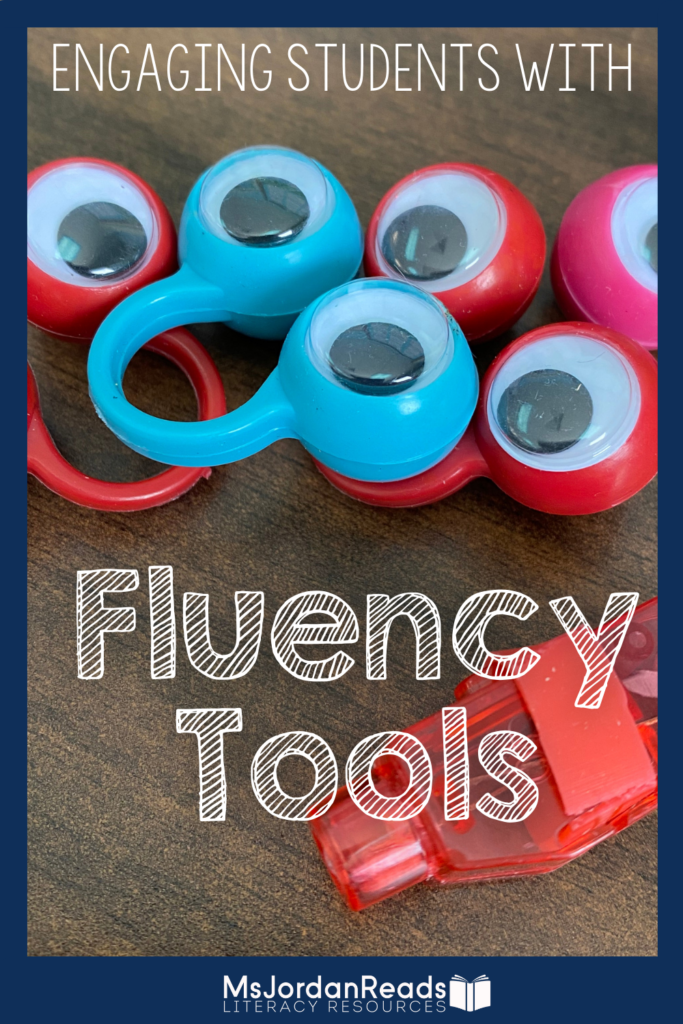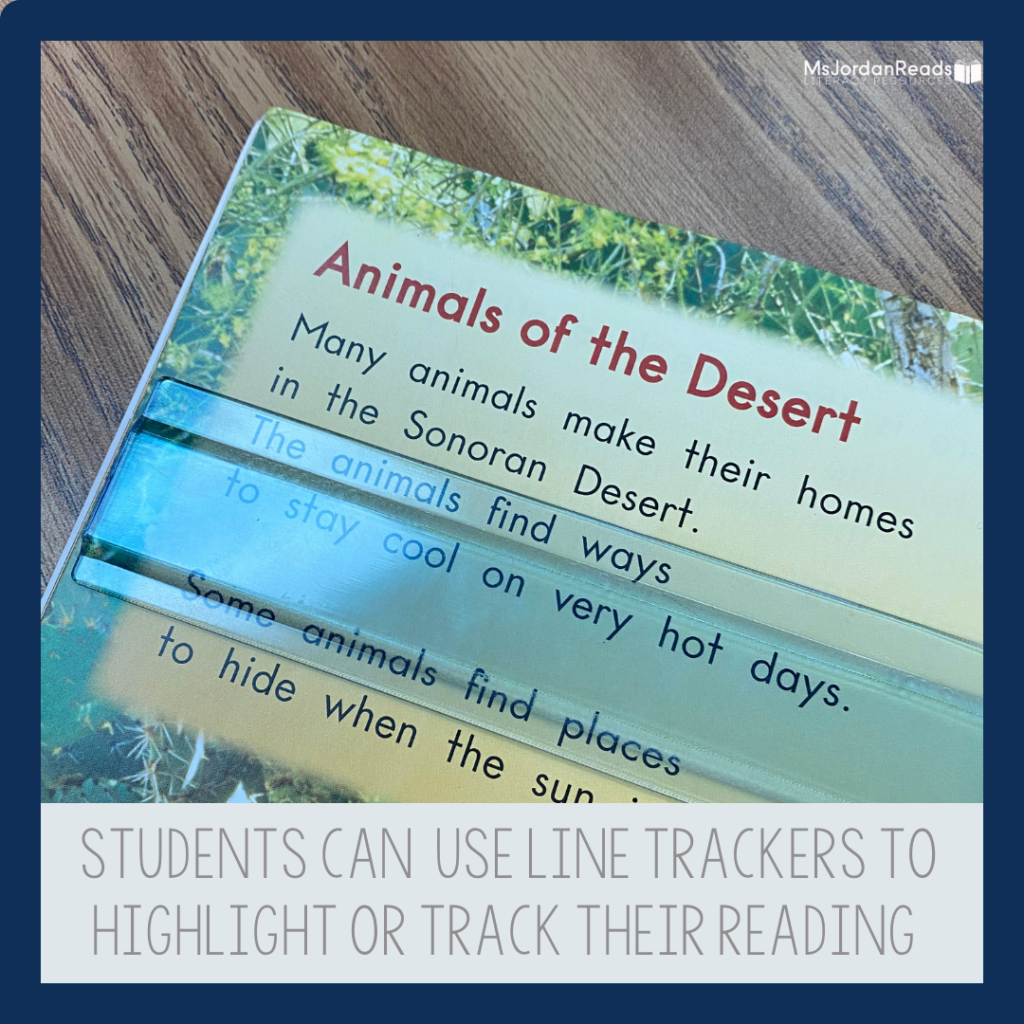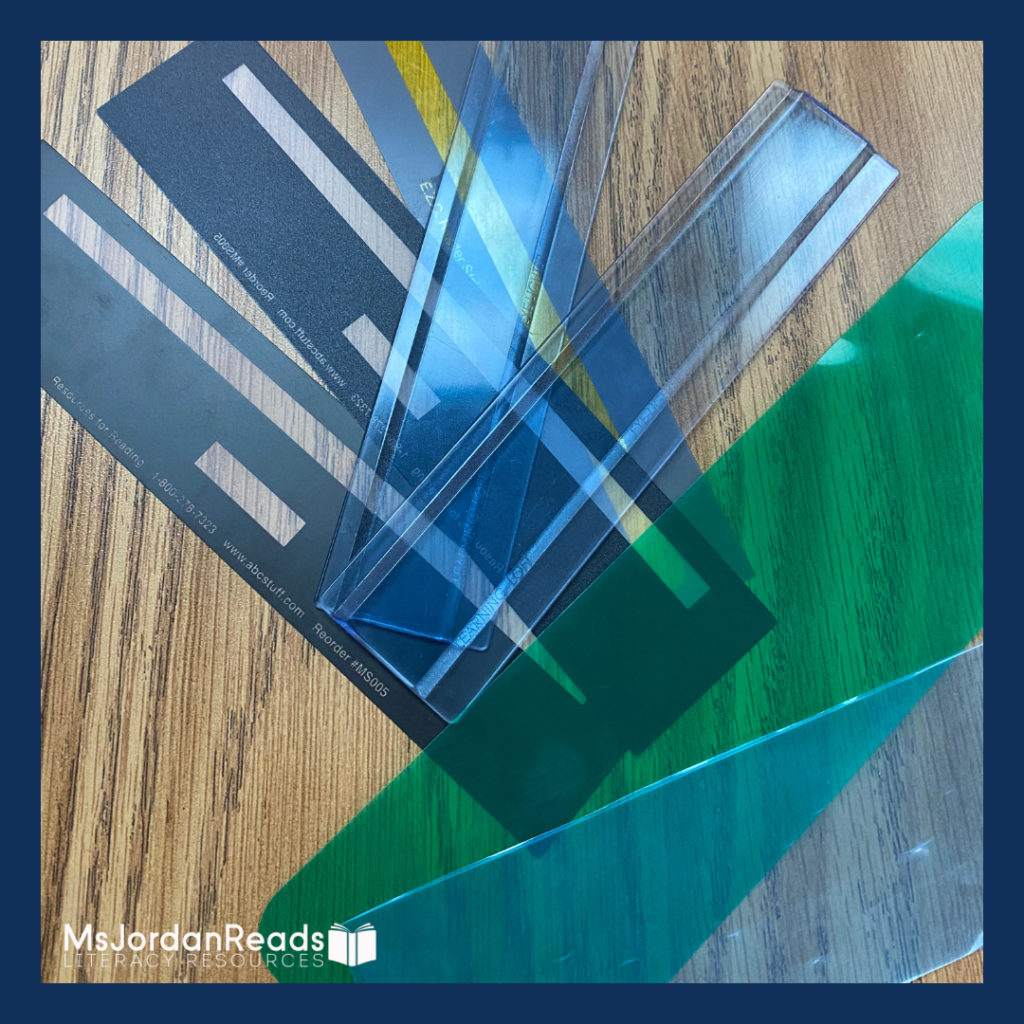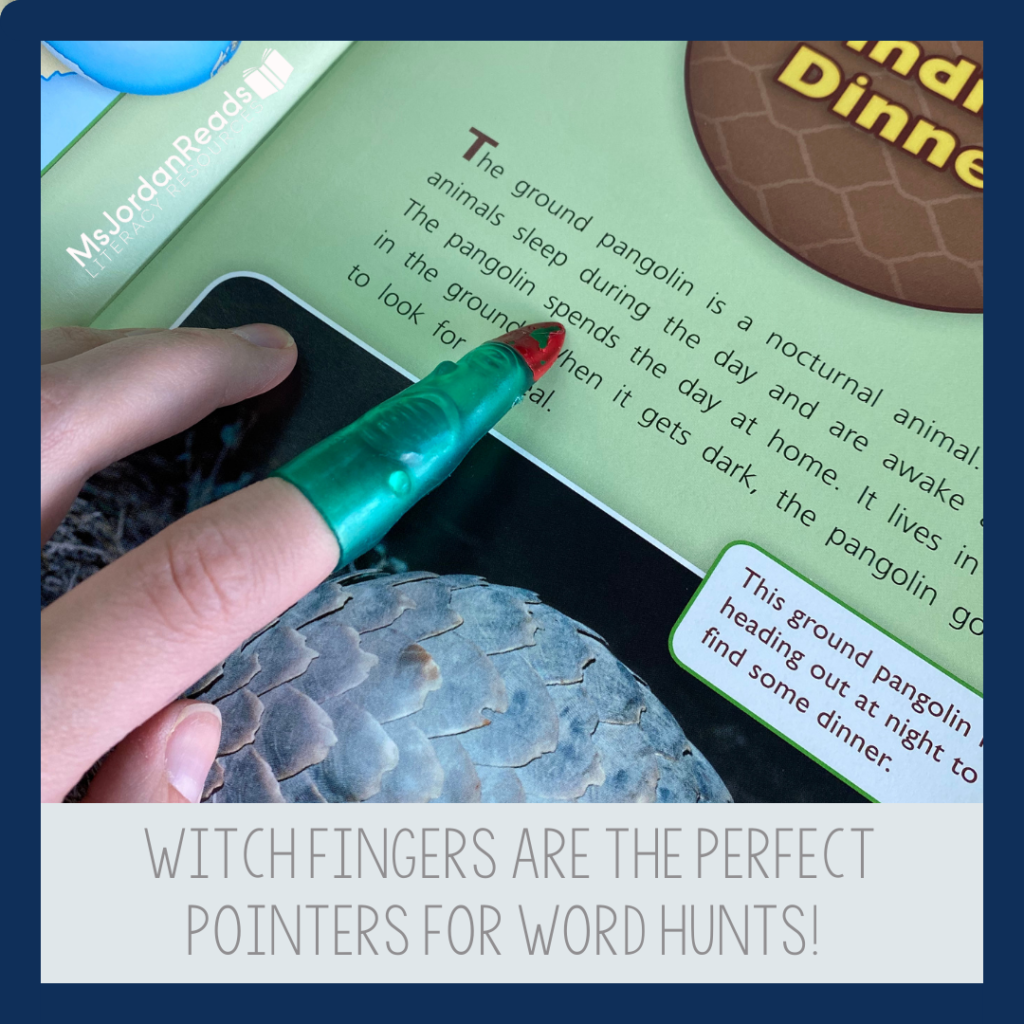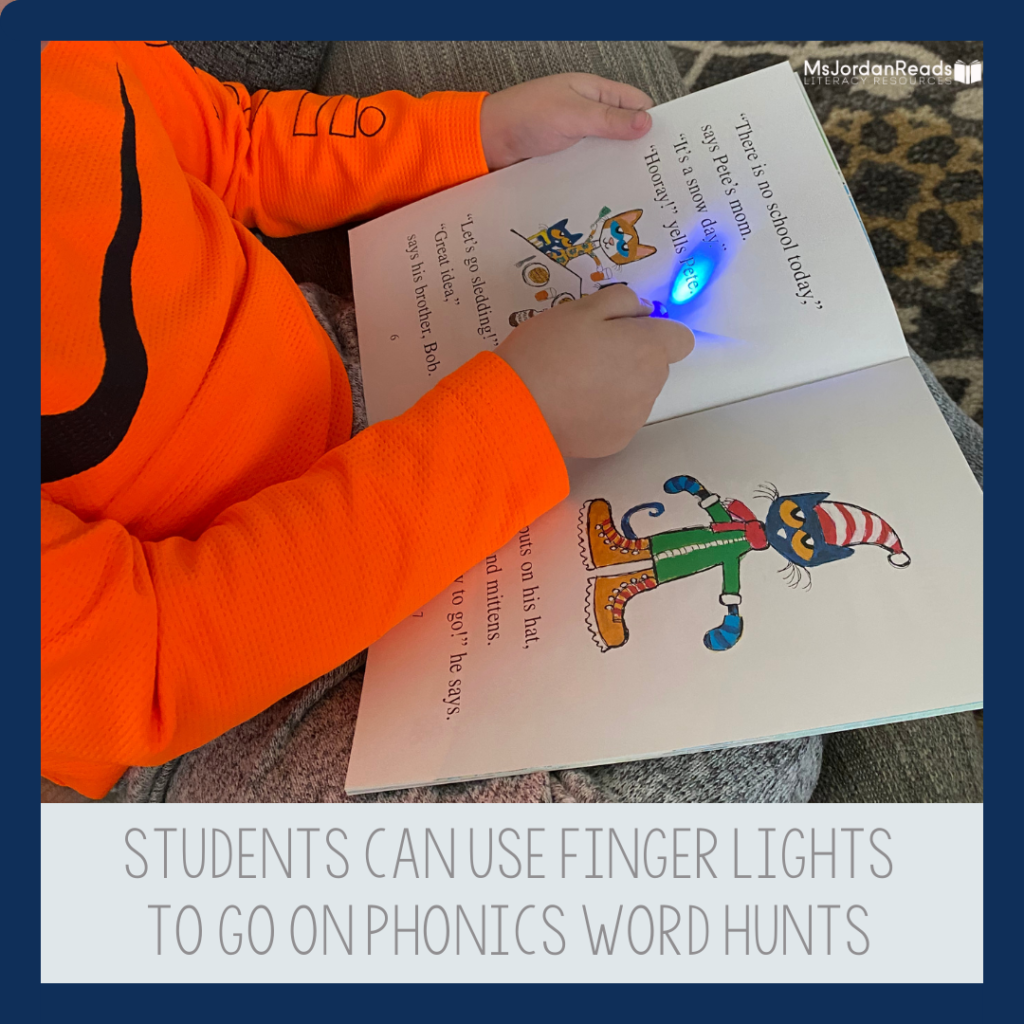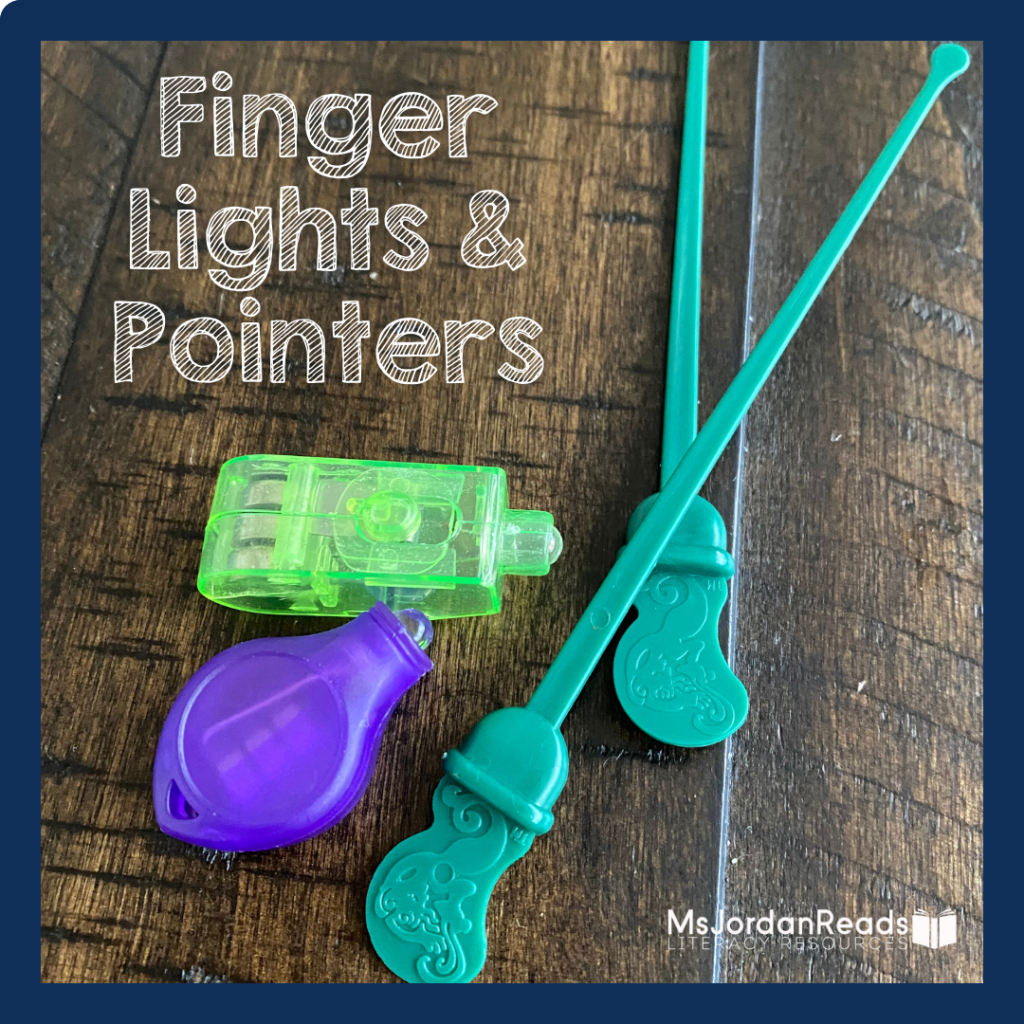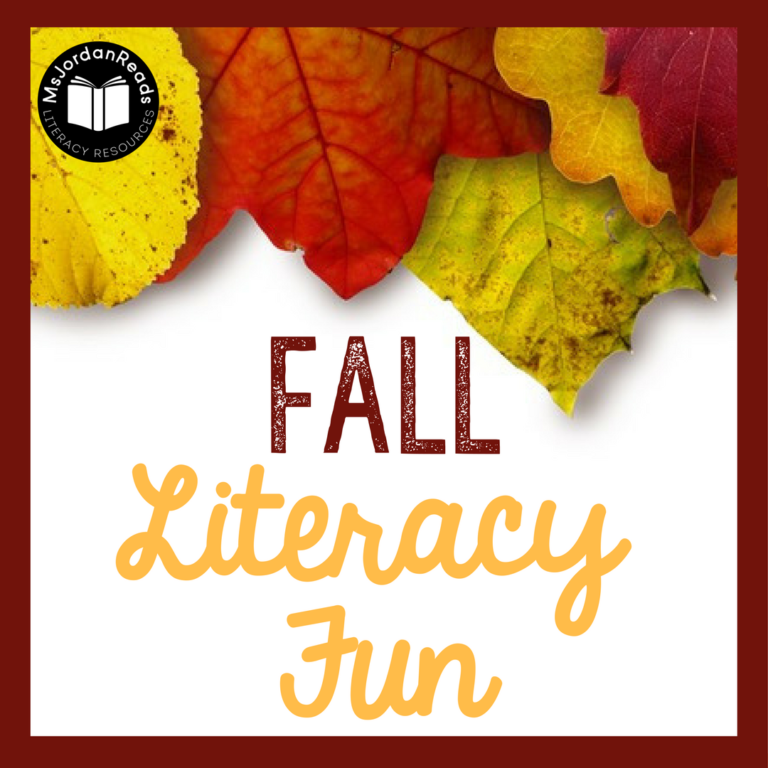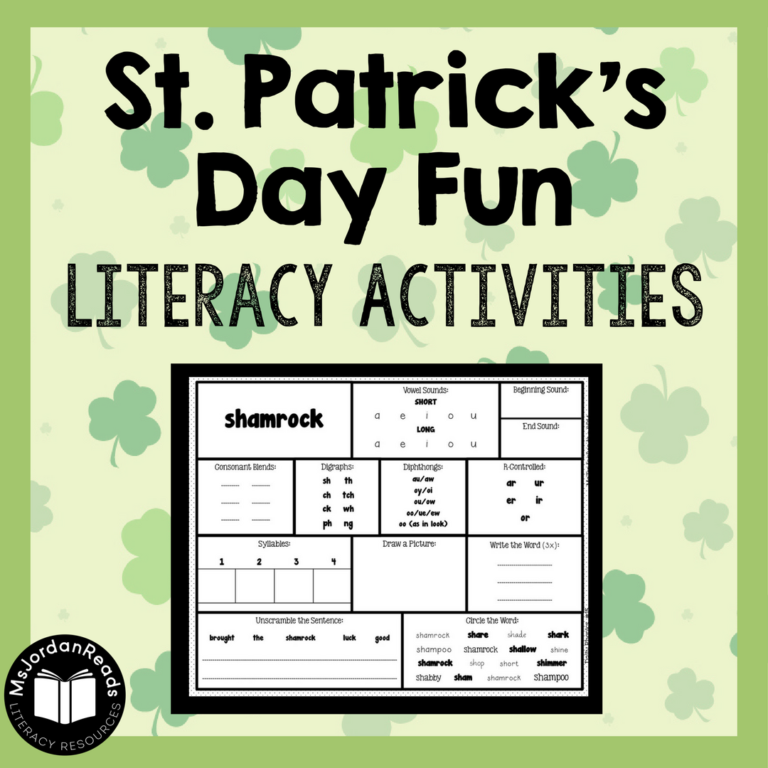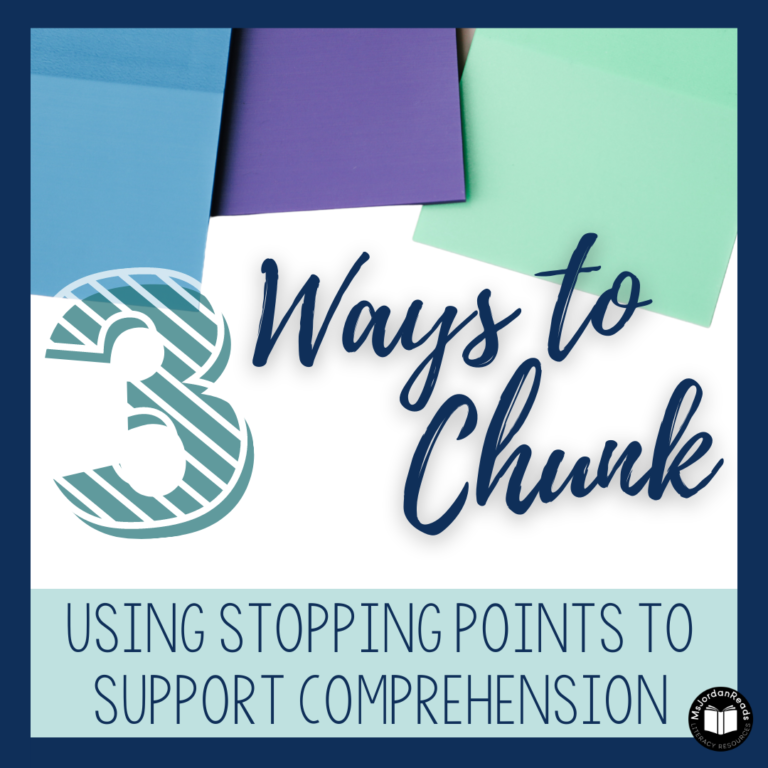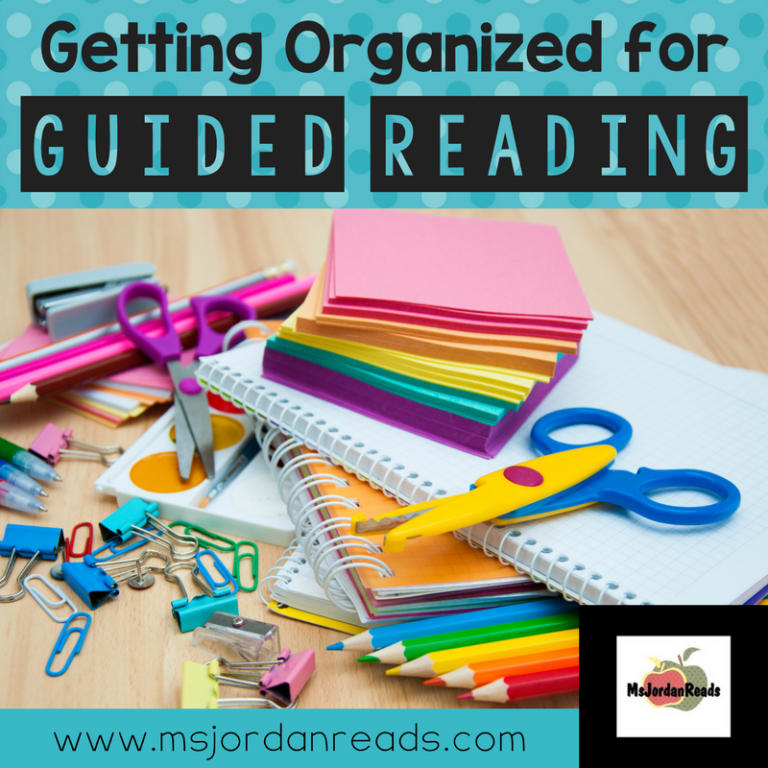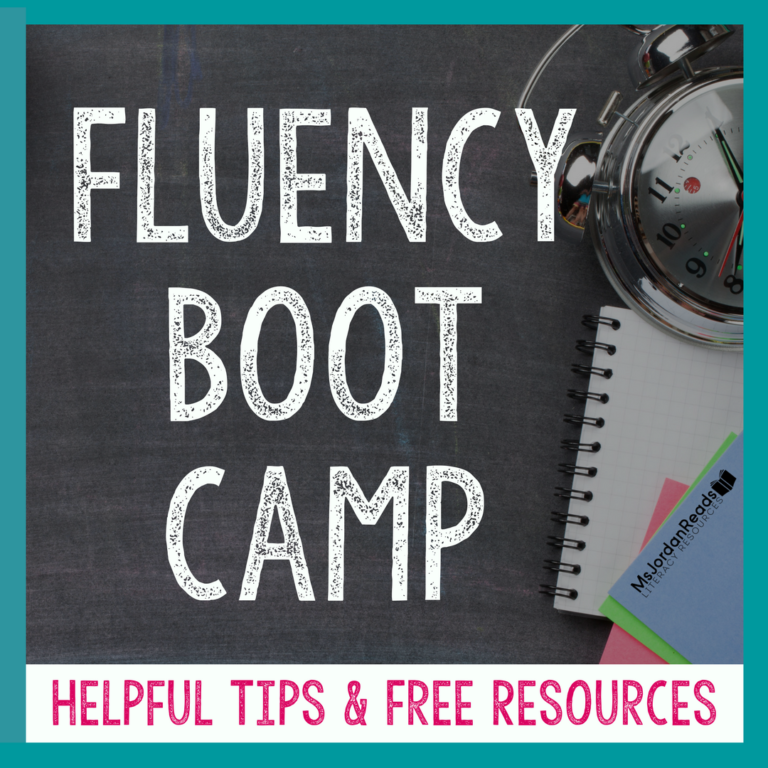Increase Student Engagement with Fluency Tools: Reading Trackers and Pointers
If you are looking for a fun way to motivate your struggling readers or to increase engagement during your fluency interventions, consider using reading trackers and reading pointers!
Trackers and pointers are fluency tools that I always keep in my literacy toolbox. Not only do they help students get excited about practicing reading fluency, but they are helpful for students who need extra support with fluency and accuracy.
Keep reading to learn more about how you can use reading trackers and pointers as fluency tools to increase engagement with your students!
(Please note that I’ve used affiliate links throughout this post for your shopping convenience. I earn a small commission if you make a purchase using these links, but it doesn’t cost you any additional money!
READING TRACKERS
A reading tracker is a reading strip that can be placed under a line of text while you are reading. This tool is helpful for students who have difficulty tracking or for those who frequently lose their place in a text. It’s the perfect tool for any student who needs to read along with you or keep track of a reading part, like with a readers theater or or a partner poem.
Reasons for Using a Reading Tracker
In the classroom, reading trackers can help students focus on each line of text while independently reading. The goal is to support and improve visual tracking so students can read with fluency and accuracy. Keep in mind, while many students benefit from this tool, it should only be used regularly by students who truly need it. Reading trackers are especially helpful for students who miscue frequently due to poor visual tracking.
How Do You Use One?
There are many ways to use this tool to support and improve fluency skills. Besides using reading trackers to keep track of their spot in a text, students can use these reading strips to highlight parts of the text they need to fix-up for fluency. They can use it to reread parts of a text or to highlight their assigned parts during fluency practice of a poem or readers theater. To use a reading tracker, students move it underneath a line of text to keep their eyes focused on where they should be reading. If it’s a reading tracker with a highlighter strip or if it’s a colored overlay strip, students will use the tracker to cover the text and read the the part that’s highlighted.
DIY Reading Tracker
A reading tracker can be as simple as a strip of paper or a bookmark. I like to use strips of colored overlays so that students can see through the reading strip and use it as a highlighter strip, as well. You can cut up transparent plastic tab dividers from the dollar store for some easy colored overlay trackers.
One of the easiest ways to create your own reading trackers, is just to cut up a piece of cardstock into strips. Students can decorate their trackers with colored washi tape, but I would recommend sticking to solids so they’re not distracting for students as they are reading the text. If you’d like to purchase some reading strips or trackers, there are some ready-made options that are durable and meant for students with visual tracking difficulties.
READING POINTERS
Reading pointers are a fun tool that can be used for “pointing” to words in a text. While reliable and always with you, fingers just aren’t as motivating as a tool!
Reasons for Using a Reading Pointer
In the classroom, reading pointers can be motivating and engaging while practicing fluency and accuracy skills.
Reading pointers promote 1:1 correspondence (great for emerging readers) and are motivating and fun! They’re great for tracking and following along with a text. You can even use them to highlight words they wish to spotlight while reading.
Keep in mind, once students are able to read with 1:1 correspondence and can naturally track with their eyes, they should only use a reading pointer for isolated skill boosting activities. Plan to scaffold and “wean” off this learning tool if students begin to rely on it for 1:1 correspondence. We don’t want to create reading habits that need to be broken!
There are many FUN reasons for using a reading pointer! It can encourage students to follow along with shared texts such as poems or short passages. If working on a readers theater or partner poem, students can use it to track or follow along the text. You can also have students choral read during a poem or short text during small group time, or use it to practice scooping words together into meaningful phrases.
How Do You Use Reading Pointers?
My favorite way to use reading pointers is for students to spotlight words or word parts while reading. Students can finger frame word parts using a fun witch finger or can use a magnifying glass to find the beginning sound of a word. Students can develop accuracy and automaticity through word hunts focusing on common phonics patterns, sight words, rhyming words, syllable patterns, and so much more!
DIY Reading Pointers
Reading pointers are easy to use and can be made by repurposing items you already have on-hand! You can keep the tools consistent throughout the year, or switch it up! Below are a few options for reading pointers you may wish to try out.
- Popsicle stick with googly eyes (I love the ones from No Time for Flash Cards)
- Popsicle stick with star on the end to make it like a “wand”
- Finger lights (amazon affiliate link)
- Witch fingers
- Finger puppets
- Magnifying Glass
- Finger eyeball rings (you can make your own with pipe cleaners and googly eyes)
- Small stickers (placed on student pointer finger nails!)
- “Splash sticks” from coffee shops like Starbucks (the plastic stick that plugs the hole of the disposable cup lid)

